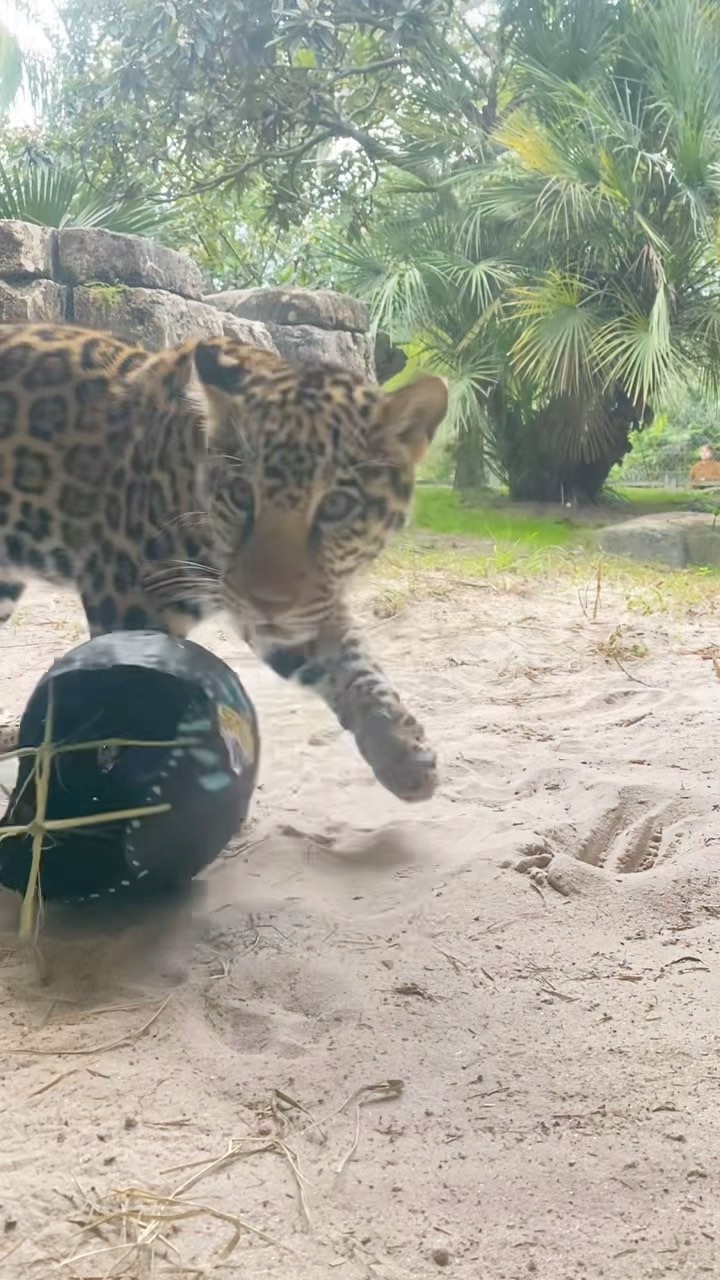– Discovering the secretive world of jaguars and their family dynamics in the wild
– Understanding the significant role jaguars play in their ecosystems and the importance of their conservation
– Exploring the challenges of replicating natural jaguar behaviors in captivity and the innovative solutions employed by modern zoos
– Unveiling the incredible adaptations jaguars have developed to thrive in diverse environments
The world of large cats is as mysterious as it is mesmerizing, and when it comes to the apex predators of the Americas, jaguars reign supreme. Though less discussed than their African cousins, these elusive felines have a tale etched in the ancient forests and riverbanks that know their silent footfalls. Today, we’ll delve into their hidden lives, focusing on their intricate family affairs, a marvel of nature’s design.
Deep in the tangled embrace of the rainforest, jaguars rule as solitary sentinels. Yet, their beginning is a touching narrative of nurture. Jaguar cubs are born blind, entirely dependent on their mother’s milk and protection. These mothers are fiercely protective, raising their cubs with tender aggression — ensuring they learn the art of the hunt, the fine balance of power and stealth. The family dynamic balances the line between tender care and the stern lessons necessary for survival.
Observing these majestic creatures in their natural habitat reveals a complex structure to their existence. Far from being indifferent loners, they are often portrayed as jaguars with a nuanced social system that researchers are still decoding. Markings and vocalizations hint at a sophisticated communicative network, signaling territory, readiness to mate, or the presence of prey. Their role in maintaining the equilibrium of their ecosystem is pivotal: as apex predators, they keep populations of other species in check, thus facilitating a balanced, thriving environment.
These spotted carnivores are significant to ecological well-being and deeply ingrained in the cultural fabric of the regions they inhabit. Jaguars are indigenous to the Americas, with a range extending from the Southwestern United States to Argentina. Their image has been etched in the cosmologies and mythologies of human societies throughout the continent for millennia. Their presence is as much a testament to enduring natural history as it is to human culture.
Yet, the spheres of man and jaguar have often been at odds, resulting in habitat loss, poaching, and a precarious future for these creatures. Conservation efforts are in full swing, with protected areas, wildlife corridors, and mitigation of human-jaguar conflicts at the center stage of these endeavors. Despite these continuous efforts, jaguars are elusive, and gaining data on their wild populations remains a game of patience and tenacity. Trail cameras, non-invasive genetic sampling, and detailed fieldwork bring their secret lives into the light.
The challenge compounds when we attempt to foster these majestic cats away from their natural abodes. Zoological parks and sanctuaries face the arduous task of replicating the vast territories and complex stimuli a jaguar would encounter in the wild. Enrichment becomes a mantra — creating environments that stimulate their natural behaviors such as climbing, swimming, and stalking — encouraging them to engage in the activities that define their essence.
Jaguars are consummate swimmers, a rarity amongst felines, and their affinity for water is a spectacle. Pools and streams become stages for aquatic ballets in the controlled environments of their enclosures. They are also endowed with a bite that can pierce the skulls of their prey, evidence of an evolutionary arms race that has perfected their predatory prowess.
These animals’ ongoing conservation and care require a symphony of expertise: from veterinary science to ethology, landscape architecture to public education. It begs of us a commitment to reach beyond the fences of zoos and into the sprawling canvas of their natural territories. There is a dance of balance and coexistence that we must learn, sharing our world with these majestic creatures whose lives are woven into the ecosystems they inhabit.
Jaguars are not mere animals but a force, a whisper of the wild in an increasingly tame world. Each jaguar tells a story — of a mother teaching her cubs, a male patrolling his terrain, a species standing resilient in the face of challenges. Their spotted coats are like constellations, holding stories of ancestral paths and future journeys.
Undoubtedly, the fate of jaguars is inseparable from our own. Their health and survival reflect the choices we make about our environment and the legacy we leave behind. Encouragingly, there is a growing awareness and appreciation for these graceful creatures. Ecotourism, sustainable practices, and an emphasis on cohabitation shape a world where humans and jaguars might thrive.
In the discourse of conservation and wildlife care, we often speak of saving species as if it were a one-sided affair. Yet, jaguars save us, too. They keep our ecosystems robust, our cultural heritages alive, and remind us of the beauty of the untamed. Their existence enriches ours, and our privilege and duty is to ensure that their silent stride continues through the corridors of their ancestral forests.
In conclusion, jaguars, the quintessence of wild grace and power, invites us to consider a broader perspective. They are a family affair in the animal kingdom and our global community. Their survival and our efforts to support them reflect the intricate tapestry of life on Earth, interconnected and interdependent. These guardians of the forest demand respect, understanding, and action compelling us to recognize that we may find our own in their future.
*****
Source Description
A family affair as backup 🐆 @jaguars


